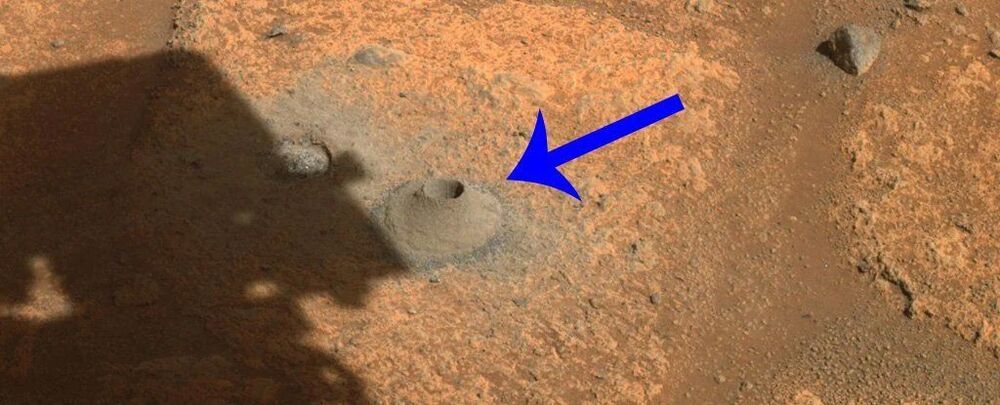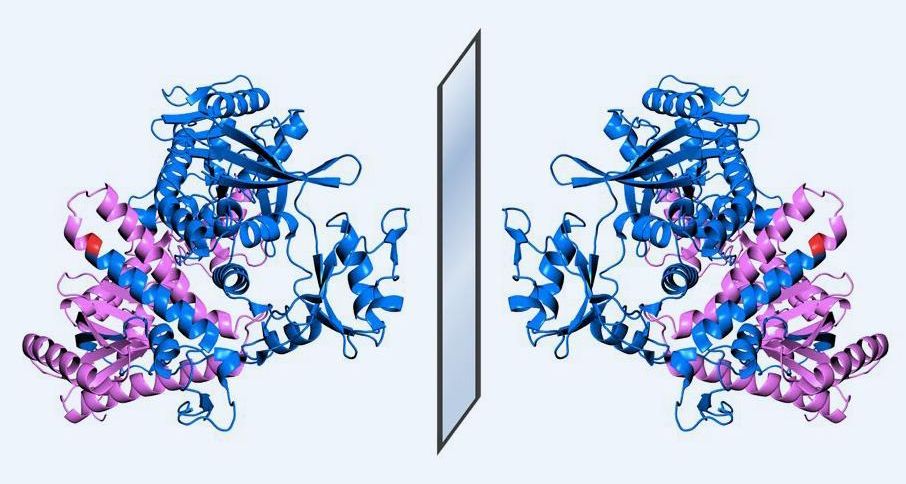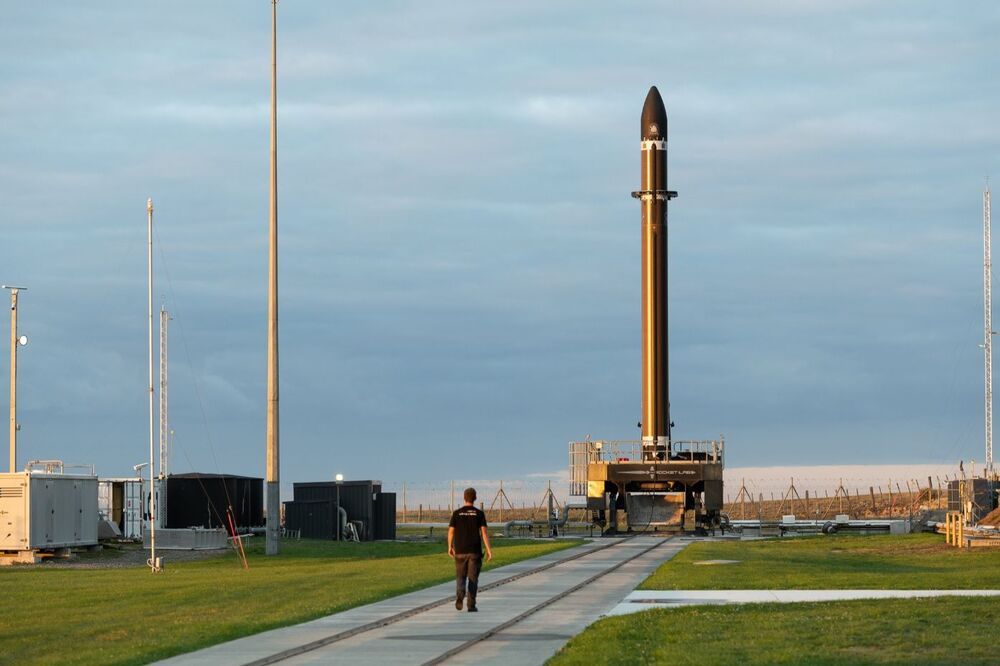A new study on thin films of glass shows how they can be fabricated to be denser and more stable, providing a framework for new applications and devices through better design.





A video about Walt Disney Imagineering has revealed a new shot of the lightsaber.

Researchers have synthesised a mirror image enzyme that allowed them to constructing the longest ever strand of mirror DNA. The team also demonstrated how this L-DNA could be used as a robust biorthogonal information repository.
Louis Pasteur first proposed the idea of a mirror image version of biological systems more than 160 years ago, following the discovery of molecular chirality. All natural DNA contains the D form of the chiral sugar deoxyribose, but it may be possible for a mirror system to be built using L-deoxyribose instead.
Gene editing: the future of the olympics or a looming crisis?
As the 2,020 Olympics come to a close, we’re reminded of elite athletes’ talent. But could science and gene editing make them perfect? What then?
Still, the timing of this film is remarkable, not only because the pandemic slowed us all down, but because we do live in an aging society. We also live in a time of accelerating technological transformation and precision medicine. It is no secret that transhumanist thinking is proliferating, and not just each time a billionaire flies into space. No less than The World Economic Forum has implicitly endorsed aspects of transhumanism’s agenda under the banner of “human enhancement” and more recently via “The Great Reset.”
The new film opened last Friday.

torre faro by ACPV will connect milan’s historic center and periphery by reviving a north-south axis that runs from the city center through via crema and piazza trento all the way to ACPV’s symbiosis business district, located just across the disused railway yard. ‘the a2a headquarters project creates a new vertical village for the firm’s operations. it is designed for people to enjoy working in the company of their colleagues and to encourage spontaneous professional and personal interactions,’ says antonio citterio, architect and co-founder of ACPV.
the new tower can accommodate 1,500 people in spaces that are flexible, open, and are complemented by a green courtyard shared with the museum of energy – located inside the existing buildings that will be revitalized with the project. vertically, the tower is centrally divided into two sets of office floors framed by the spacious entrance hall on the first floor, the sky garden in the middle, and the belvedere on top. the architecture of the building addresses future professional needs by integrating flexible spaces – including co-working lounges and informal meeting rooms – that can be reconfigured for multiple uses.

New Zealand is now set to host the first launch of the Artemis Program, as Rocket Lab is now planning to launch the CAPSTONE mission from their operational launch pad at Launch Complex 1 on the Māhia Peninsula. This is the first lunar mission for Rocket Lab, currently scheduled for launch in the fourth quarter of 2021.
“Flexible isn’t a word usually used to describe lunar missions but operating two launch complexes gives us the freedom to select a site that best meets mission requirements and schedule,” said Rocket Lab CEO and Co-Founder, Peter Beck.